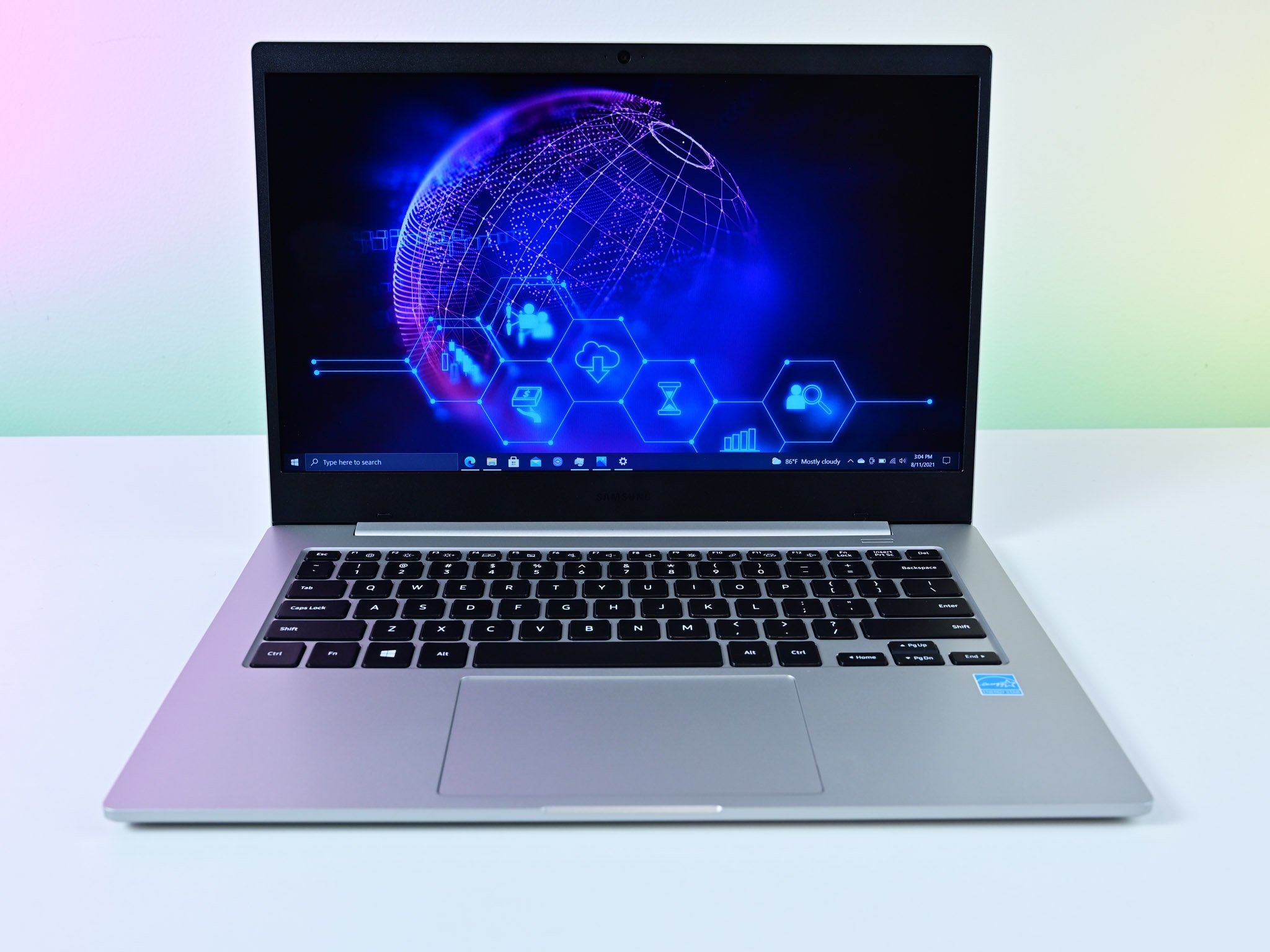It's only a still image, but we now have our first glimpse of ray tracing on an Exynos chipset.
What you need to know
- Samsung shared an image illustrating ray tracing on an Exynos chipset with RDNA 2 graphics.
- The still photo shows a side-by-side comparison of images with and without ray tracing enabled.
- AMD and Samsung announced a partnership at Computex 2021 to create an Exynos chip based on AMD's RDNA 2 architecture.
AMD announced that it's working with Samsung to create an Exynos chip for mobile devices based on the RDNA 2 architecture at Computex 2021. It's been around four months since that announcement, and we now have our first glimpse of ray tracing on a device powered by an Exynos GPU. Samsung shared a photo showing a side-by-side comparison of gameplay with and without ray tracing (via Ice Universe on Twitter).
The photo from Samsung only shows a still image of gameplay with ray tracing. As ray tracing is computationally intensive, a video would do a better job demonstrating ray tracing. A still image doesn't indicate what framerate the game was running at or how smooth gameplay looked.
As for the image itself, it shows flames reflecting off the bottom of a tank. Light also reflects off of some other elements within the image, including the building in the background of the shot. A car appears on the image created with a device running an Exynos GPU while the same car does not appear in the other photo.
In addition to supporting ray tracing, the next-generation Exynos SoC (system-on-a-chip) will support variable rate shading. This feature shades certain parts of a frame differently, allowing systems to allocate less resources to unimportant parts of an image. As a result, more processing power can be used to improve the performance of the core aspects of a game.
Many of the best graphics cards support ray tracing and variable rate shading, so it's important for AMD and Samsung's partnership to create a system that supports these as well.




0 Commentaires